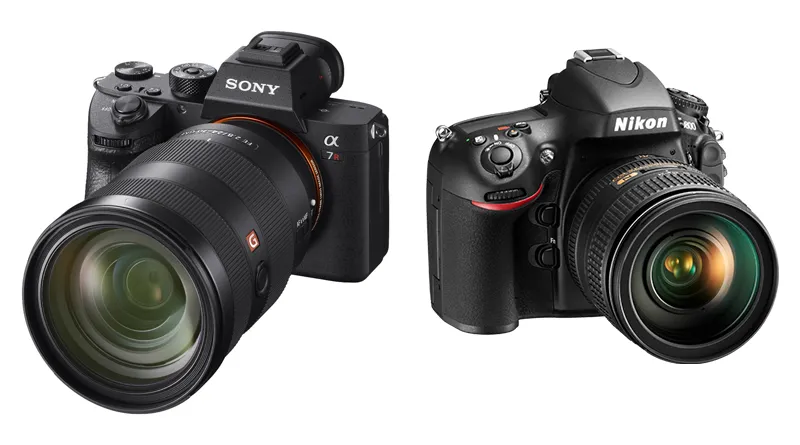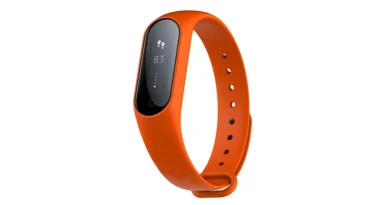Digital Camera
Contents
Digital Camera: Capturing Moments in Pixels
In the age of instant communication and visual storytelling, the digital camera has emerged as an iconic tool, forever altering the way we capture and share moments. This journey traces back to the origin of the Digi cam, explores its quality evolution, and highlights the renowned brands that have shaped its presence across India, the European Union, and the United States.
The Origin of Digital Camera
The concept of capturing images electronically dates back to the 1960s, but it wasn’t until the late 20th century that digicams as we know them began to take shape. The first commercially available digital camera, the “DS-1P,” was introduced by Kodak in 1991. This primitive device boasted a resolution of 0.01 megapixels, paving the way for the digital imaging revolution.
The true breakthrough came in the mid-1990s with the introduction of consumer-friendly digital cameras that utilized memory cards for image storage and offered higher resolutions. These cameras gradually supplanted traditional film-based counterparts, heralding an era of convenience, immediacy, and boundless possibilities.
Quality Evolution of Digital Cameras
The evolution of digicams has been a testament to technological advancements, leading to improvements in key aspects:
1. Image Quality
From the early days of modest resolutions, digicams now offer stunning image quality with resolutions reaching beyond 100 megapixels. This progression has transformed how we capture details, colors, and emotions in our photographs.
2. Low-Light Performance
Digital cameras have made significant strides in low-light performance, producing clearer and less noisy images even in challenging lighting conditions. This has expanded the creative possibilities for photographers across various genres.
3. Optical Zoom
Advancements in lens technology have resulted in impressive optical zoom capabilities. Cameras can now capture distant subjects with exceptional clarity, allowing photographers to explore diverse compositions.
4. Connectivity
Modern digicams often incorporate Wi-Fi and Bluetooth connectivity, enabling seamless transfer of images to smartphones and other devices. This feature has streamlined the process of sharing and editing photographs on the go.
5. Video Capabilities
Digital cameras are no longer confined to still photography. Many models offer high-quality video recording, with some capable of shooting in resolutions up to 8K. This convergence of photo and video capabilities has attracted content creators and filmmakers alike.
Famous Digital Camera Brands
India:
Canon: A dominant player in the Indian camera market, Canon is renowned for its wide range of DSLRs, mirrorless cameras, and compact models. Canon cameras are celebrated for their exceptional image quality and robust build.
Nikon: Nikon has a strong presence in India, offering a diverse selection of cameras catering to both professionals and enthusiasts. Nikon cameras are known for their advanced technologies and high-performance lenses.
European Union:
Sony: Sony’s mirrorless cameras have gained significant traction in the EU market. With innovations in sensor technology and compact designs, Sony cameras are favored by those seeking a blend of portability and high-quality imaging. Fujifilm: Fujifilm’s unique approach to design, reminiscent of classic film cameras, has resonated with photography enthusiasts in the EU. Their mirrorless and compact cameras often feature retro aesthetics combined with modern capabilities.

United States:
GoPro: While not traditionally classified as a digital camera, GoPro has redefined action photography and videography. Their rugged and compact cameras are beloved by adventurers and sports enthusiasts worldwide.
Leica: Known for its luxury and precision, Leica cameras are sought after by photographers who appreciate fine craftsmanship. Leica’s commitment to exceptional optics and build quality has maintained its reputation in the US market.
The Digital Camera’s Impact
The digital camera’s impact transcends capturing photographs; it has reshaped the way we communicate, document, and remember. From social media to professional photography, these devices have democratized visual storytelling, enabling individuals to share their unique perspectives with the world. As digicams continue to evolve, we can anticipate even greater innovations, pushing the boundaries of image quality, convenience, and creative expression.
FAQs: Your Questions Answered
Q: Do film cameras maintain significance in the era of digital photography?
A: While digital cameras dominate the market, film cameras maintain a niche following among enthusiasts who appreciate the nostalgic and artistic qualities of film photography.
Q: What is the advantage of using a mirrorless camera over a DSLR?
A: Mirrorless cameras are generally more compact and lighter as they lack a mirror mechanism.
Q: Are smartphone cameras replacing digital cameras?
A: Smartphone cameras have certainly gained popularity due to their convenience and ease of use. However, dedicated digital cameras still offer superior image quality, manual controls, and specialized lenses for various photographic needs.
Q: What is the future of digital photography?
A: The future of digital photography holds exciting possibilities, including advancements in AI-driven image processing, computational photography, and even more compact yet powerful camera systems.
Q: Can I use vintage lenses on modern digital cameras?
A: Yes, with appropriate adapters, vintage lenses can often be used on modern digital cameras. This allows photographers to experiment with different focal lengths and achieve unique visual effects.




